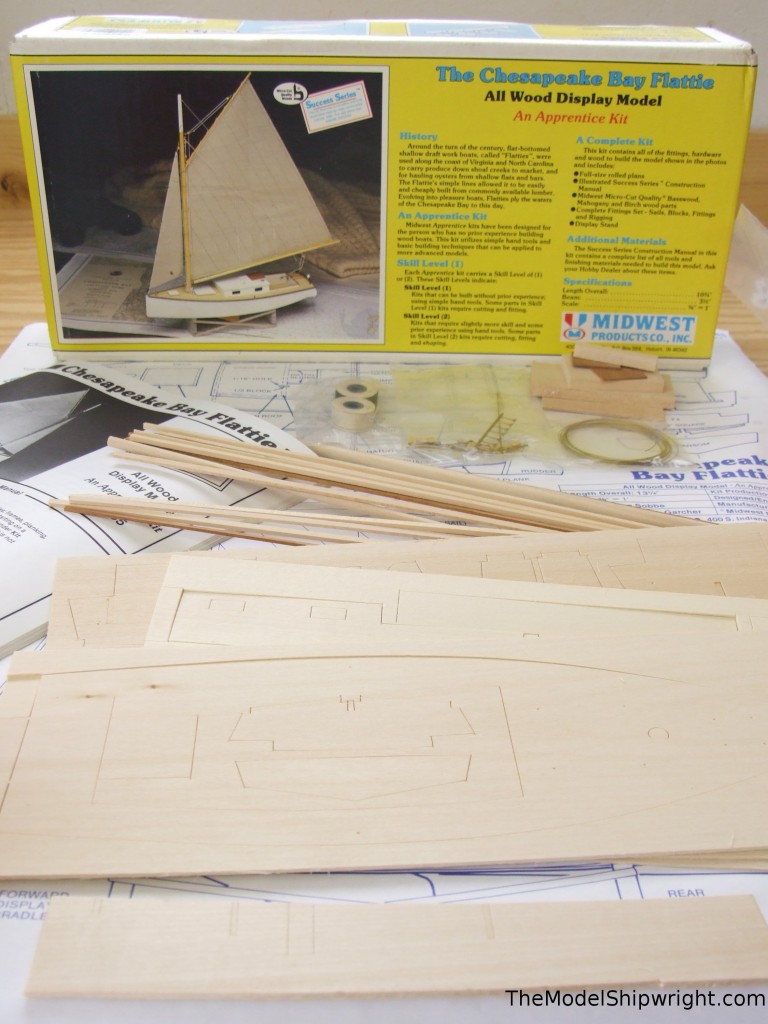No Problem. Everything You Need to Know is on The Model Shipwright Website
We can help you get started in the fascinating and rewarding hobby of ship modeling and help you build skills to produce models that will last a lifetime

Sitting in a quaint seaside restaurant, you look up, and on a shelf above sits a beautiful, highly-detailed, fully-rigged model of a clipper ship, sails bent to an imaginary breeze as it rushes toward port, its cargo holds heavy with crates of tea from China. Your first thought is: “I want to build a ship model just like that.” Then, you quickly think: “But I could never build a model ship that detailed.”
Yes, you can. And in this website, you will find the information to build the skills you need to get started. Ship modeling is a wonderful hobby to take your mind off the daily stresses of life, while at the same time exercising and expanding it by learning about the rich and varied history of maritime transportation. And unlike many hobbies, you can create treasures that can be passed down through generations as a family heirloom.
The best way to get started in ship modeling is to think about what you want to build. That three-masted clipper with a maze of rigging that piqued your interest is certain to make your mind race with possibilities, but it’s also a very complicated project that will take an extraordinary amount of time – perhaps years – to finish. And, your skill level will no doubt change from the beginning of such a project and its end, and unless you constantly go back and fix your early errors, your finished model will show the difference, with your early work made even more obvious by the greater skill shown in your later work.
It’s probably a better idea to set your sights a little lower for your first project. There are hundreds of types of ships, and thousands of variations of those types. There are a number of good books out there to help you sort through them.
If you want to browse a lot of different types of ships from many different countries, our book Selected Plates from Souvenirs de Marine gathers together a large number of plates from the first two of this six-part seminal series on ship design by French Navy Admiral François-Edmond Pâris. As he sailed the world, Pâris, realizing that he was witnessing the crucial transition from sail to steam power, documented the ships he saw in various ports to preserve them for future generations. Beyond European ships, there are ship plans from the U.S., Africa, China and Southeast Asia, and the Middle East. The book is available on Amazon at the link above.
One of the best authors of books on the history of American sailing ships is Howard Irving Chapelle. A noted naval architect, Chapelle also served as curator of maritime history at the Smithsonian Institution. Adding to the breadth of his understanding of this country’s maritime legacy, during the depression he worked on the Historic American Merchant Marine Survey, which documented the quickly disappearing U.S. merchant sailing fleet.
Most of his books can be found used on Amazon, or in libraries. The three most valuable at the beginning of your search are:
- American Small Sailing Craft
- History of American Sailing Ships
- History of the American Sailing Navy: The Ships and Their Development
American Small Sailing Craft is mainly limited to boats of 40 feet or less (as one might infer from the title), and details the development of everything from rowboats to fairly large fishing vessels. The History of American Sailing Ships covers the development of the bigger ships not covered in the first volume, including an overview of naval vessels. History of the American Sailing Navy delves into much more detail of the development of naval vessels, and is probably only necessary if you decide after reading the first two that you MUST build a ship of war. He also wrote other books delving deeper into specific types of ships, such as The American Fishing Schooners, 1825 – 1935.
Chapelle’s writing at first may seem dense with the unfamiliar arcana of wooden ships, but there is a secret to using these books as source material for model ship building: Start by just leafing through and looking at the illustrations! Put a bookmark at the illustration of each ship that piques your interest. Then, go back through and decide which you like the most. Once you have settled on a starting point, find where that ship is mentioned in the text. It should be within a page or two of the illustration. If all else fails, you can always resort to the index.
The great thing about Chapelle’s writing is that you can pick any page of these books to start reading, and not be completely lost. You may find he references a type of boat from earlier in the book, but you can always go back to that one if you don’t understand the comparison. Following this method, you will begin to develop an idea about what kind of ship model you would like to build, whether it’s a Chesapeake Bay Skipjack, a Grand Banks fishing schooner, or a navy man-o-war.
It’s also a good idea to delve more into the intricacies of how prototype ships are built, which will help you whether you plan on scratch-building or building from a kit.
Our articles on How to Read a Ship Plan, and The Hull the Heart of a Ship will help you understand how the two-dimensional plan relates to the shape of the three-dimensional ship and how that shape is created from wood. Our page Glossary of Shipbuilding Terms is handy to have at the ready when reading any of the books we talked about above.
To dive in deeper into ship construction and maritime history, The Building of a Wooden Ship by Charles Davis, originally published in 1918 to teach carpenters and other woodworkers the shipbuilding craft, offers many illustrations and explanations of prototype ship construction. Dhow Chasing in Zanzibar Waters by British naval captain George L. Sullivan offers a first hand account of the indigenous vessels that plied the waves of the Indian Ocean and the Arabian Sea. Ancient and Modern Ships Part 1, by Sir George C.V. Holmes offers a dated view of maritime history, but has a few gems, like plans of the Gokstad Ship, discovered intact in the grave of a Norse nobelman.
Then, when you’re ready to start building a ship model, our page Tools for Model Ship Building can help you get your workbench ready, and our page Types of Ship Model Kits can help you decide where to start if you go the kit building route. If you want to scratch-build, we have articles describing Creating a Solid Hull Ship Model from a single block of wood (for smaller models), Building a Bread-and-Butter Solid Hull Ship Model (a better method for larger models), and Scratch-Building a Plank-on-Bulkhead Ship Model (which gives a more prototypical experience of planking the hull).
Browse our free ship plans for possible scratch-building projects. Our plans are organised by type of propulsion: Oar-Powered Vessels, Sailing Vessels, and Motor Vessels, as well as by the use of the ship: Coast Guard Vessels, Warships, Cargo Vessels and Utility Vessels.
And, we’re constantly adding to the plan library. If there’s something you’re interested in but can’t find on the website, use our Contact Us page to let us know, and we’ll search our collection of hundreds of plans we haven’t had time to upload. If we don’t have it, we’ll help you find our best sources of plans for your own search.
Just remember, your first model is not going to be your best, so you want to start with a project that’s O.K. to learn on, and maybe make a few mistakes. Once you have a pretty good idea what model ship you want to build, you can go online to see if it’s available as a ship model kit, or if you would have tackle building from scratch. The good news is, there are a lot of different ship model kits out there to choose from. The bad news is, they can be pricey. But there are some reasonably priced gems out there too. And when we find them, we’ll let you know about them, even if they are out of production and only available on websites like eBay as in the case of the Midwest Products Chesapeake Bay Flattie Kit. The loss of the kits from Midwest’s Success Series is a blow to the hobby, as they offered an inexpensive, easy-to-build entry to the hobby, with some very interesting boats from the U.S. East Coast. But they live on in the secondary market, and still don’t often command a premium price for what you get.
Whatever way you choose to go, kit building or scratch-building, there is room for you here, and we welcome you to the incredibly rewarding hobby of model ship building.
Let’s make some sawdust!
(1) https://commons.wikimedia.org/wiki/File:Ship_model,_HGM,_2017-03-08-2.jpg retrieved 07/27/2020
Books Available From The Model Shipwright

Souvenirs de Marine by
François-Edmond Pâris
We Have to pay the bills, so here’s an ad:



